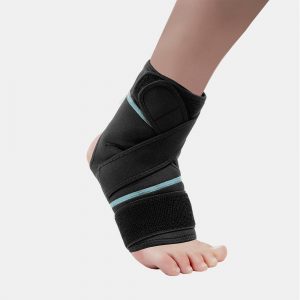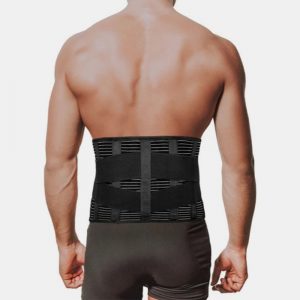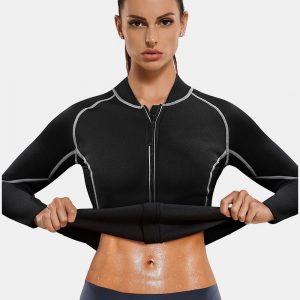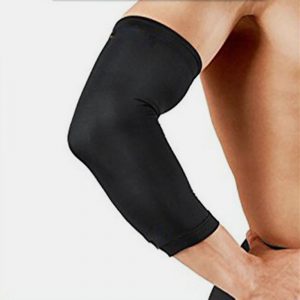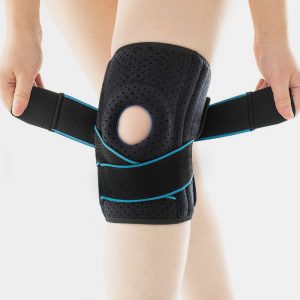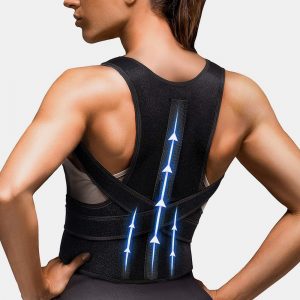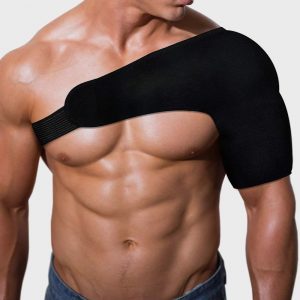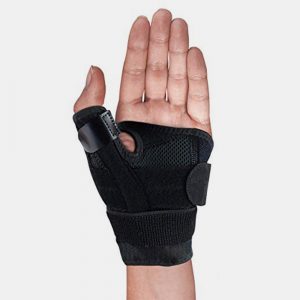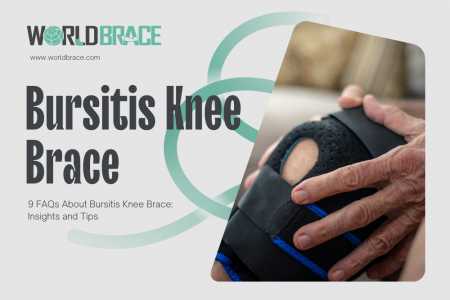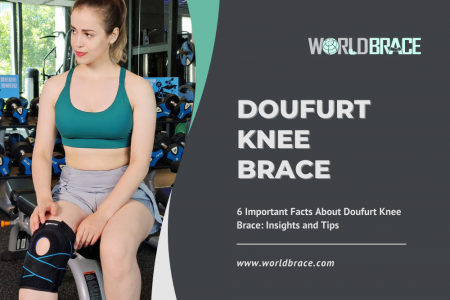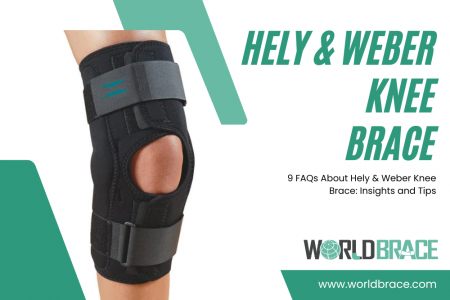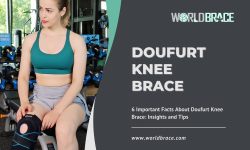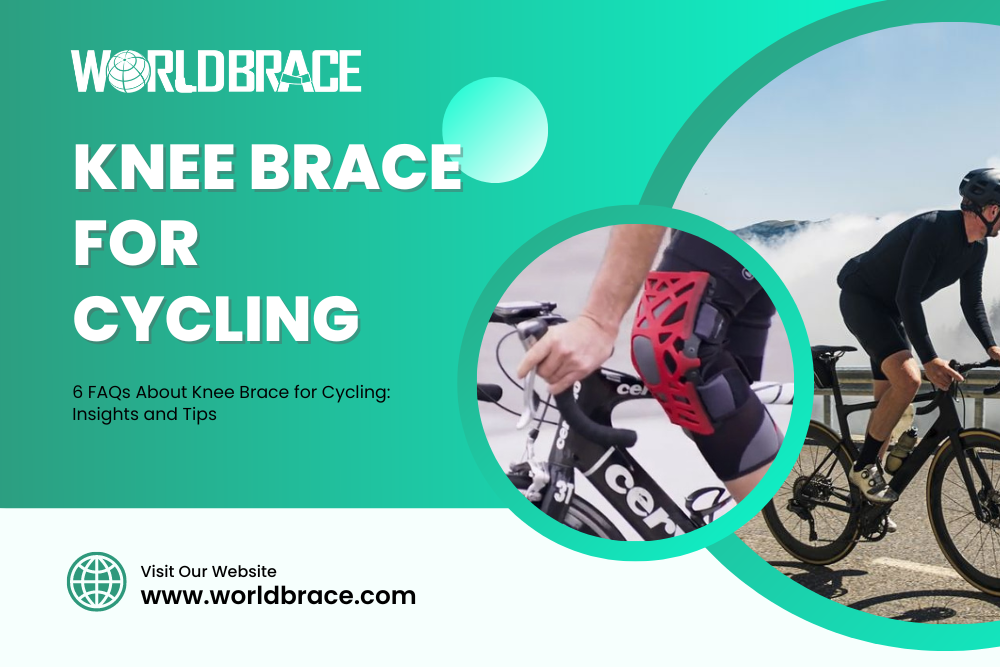
Introduction
Cycling is a fantastic way to stay fit, explore the outdoors, and enjoy the thrill of the open road. However, it’s not without its challenges, especially when it comes to your knees. Knee injuries and discomfort can quickly put a damper on your cycling adventures. That’s where knee braces come into play. In this article, we’ll dive deep into the world of knee braces for cycling, shedding light on why they are so crucial for riders of all levels. Whether you’re a casual cyclist or a dedicated enthusiast, understanding the significance of knee braces can make a world of difference in your cycling journey.
Different Types of Knee Braces for Cycling
When it comes to knee braces for cycling, not all are created equal. Understanding the different types of knee braces available can help you make an informed decision. Firstly, there are sleeve-style knee braces, which are easy to slip on and provide mild compression and support. They’re great for cyclists looking for a minimalistic option that offers some stability without hindering mobility.
Hinged knee braces, on the other hand, provide more robust support. They feature hinges on the sides to protect and stabilize the knee joint. These are ideal for cyclists recovering from injuries or those with existing knee conditions. They offer excellent protection but might feel a bit bulkier compared to sleeve-style braces.
If you’re concerned about heat and moisture, neoprene knee braces are worth considering. They are breathable and wick away sweat, making them suitable for long rides in various weather conditions. However, neoprene braces may not offer the same level of support as hinged braces.
Lastly, there are strap-style knee braces, which are highly adjustable and allow you to control the level of compression and support. These are versatile and can be customized to your comfort level. They’re especially beneficial for cyclists who need variable support during different parts of their rides.
Understanding the nuances of these knee brace types is crucial in choosing the one that suits your cycling style and needs best. Depending on your experience, preferences, and any existing knee issues, you can make an informed decision that enhances your cycling comfort and performance.
The Advantages of Knee Braces for Cycling
When it comes to cycling, knee braces can be your best friend on the road or trail. They offer a myriad of benefits that not only enhance your cycling experience but also safeguard your knee health. One of the most significant advantages is injury prevention. Knee braces provide crucial support to the knee joint, reducing the risk of strains, sprains, and overuse injuries that cyclists often encounter, especially during long rides or intense training sessions.
But the benefits don’t stop at injury prevention alone. Knee braces can also enhance your performance. By stabilizing the knee, they promote proper alignment and biomechanics, allowing you to generate more power and efficiency in your pedal strokes. This can lead to improved speed, endurance, and overall cycling prowess. Additionally, knee braces can help alleviate existing knee pain or discomfort, making it possible for those with mild knee issues to continue enjoying their favorite sport pain-free.
Furthermore, the psychological benefits of using knee braces should not be underestimated. Knowing that your knees are well-protected can boost your confidence on the bike. You’ll be more willing to tackle challenging terrains, push your limits, and fully embrace the joy of cycling without the fear of compromising your knee health. So, whether you’re a seasoned cyclist or just starting your journey, considering the advantages of knee braces can be a game-changer that keeps you pedaling strong for years to come.
Common Concerns and Misconceptions
In the world of cycling, there are often misconceptions surrounding the use of knee braces. One common concern is the belief that knee braces can hinder performance by restricting movement. However, modern knee braces are designed with flexibility in mind, allowing for a wide range of motion while providing essential support. These braces are engineered to enhance your performance rather than hinder it. So, rest assured that wearing a knee brace won’t turn you into a rigid, immobile cyclist.
Another misconception is that knee braces are only for those recovering from injuries. While knee braces do play a crucial role in the rehabilitation process, they are equally valuable for injury prevention. Cyclists of all levels can benefit from the added stability and protection that knee braces offer. Whether you’re a professional athlete or a weekend warrior, incorporating a knee brace into your gear can significantly reduce the risk of knee injuries, especially during those long rides or intense uphill climbs.
Furthermore, some cyclists worry that wearing a knee brace may be uncomfortable or cause irritation during extended rides. While it’s essential to ensure a proper fit, many knee braces are designed with breathable materials and ergonomic designs to minimize discomfort. When chosen and adjusted correctly, knee braces can become a seamless part of your cycling gear, allowing you to ride comfortably for hours on end. So, don’t let these misconceptions hold you back from reaping the benefits of knee braces for cycling; they can be your ally in both injury prevention and performance enhancement.
Maximizing the Benefits of Knee Braces for Cycling
When it comes to maximizing the benefits of knee braces for your cycling adventures, there are several key considerations to keep in mind. First and foremost, ensure that your knee brace fits snugly but comfortably. A properly fitted brace will provide the right level of support without causing discomfort or restricting your movement. Take the time to measure your knee accurately and consult with a healthcare professional if necessary to find the perfect fit.
Additionally, don’t forget about proper positioning. Make sure that the knee brace is correctly aligned with your knee joint. This ensures that it provides optimal support to the areas that need it the most during your cycling motion. An incorrectly positioned brace might not deliver the desired benefits and could potentially cause discomfort.
Regular maintenance is also crucial. Keep your knee brace clean and in good condition to ensure its longevity. Follow the manufacturer’s care instructions, which typically involve handwashing and air-drying. Regularly inspect the brace for any signs of wear and tear, and replace it if it shows signs of damage.
Lastly, don’t forget to incorporate some strengthening and flexibility exercises into your routine. While knee braces offer great support, it’s still essential to maintain the strength and flexibility of the muscles around your knee. Consult with a physical therapist or fitness expert to develop a targeted exercise plan that complements your use of a knee brace. By following these tips, you’ll be well on your way to a safer, more comfortable, and enjoyable cycling experience with your knee brace by your side.
Finding the Perfect Knee Brace for Cycling Comfort
When it comes to knee braces for cycling, finding the right fit is absolutely crucial. A knee brace that doesn’t fit properly can be uncomfortable and may not provide the support you need. To ensure you get the perfect fit, start by measuring your knee accurately. Most knee braces come in different sizes, so knowing your measurements will help you narrow down your options. Additionally, consider the type of cycling you do; for example, mountain biking may require a different style of brace compared to road cycling.
Once you have your measurements and know your specific needs, it’s time to try on different knee braces. Don’t be shy about asking for assistance at a sports store; getting a professional’s opinion can make a significant difference. When you try on a brace, make sure it’s snug but not overly tight. You should be able to move your knee comfortably while feeling supported. Keep in mind that the right fit may vary from brand to brand, so don’t hesitate to explore different options until you find the one that feels just right.
Choosing a knee brace with adjustable straps can also be beneficial. These allow you to fine-tune the fit to your liking, ensuring maximum comfort during your rides. Remember, a well-fitted knee brace not only helps prevent injuries but also enhances your overall cycling experience by providing the necessary support to keep you pedaling confidently.
Ensuring Longevity of Your Knee Brace for Cycling
Maintaining and caring for your knee brace is crucial to ensure it remains effective and reliable throughout your cycling adventures. Neglecting proper maintenance can not only reduce its lifespan but also compromise its ability to provide the support and protection you need. Here are some essential tips to help you keep your knee brace in top condition:
Firstly, cleanliness is paramount. After every ride, make it a habit to clean your knee brace. Depending on the material, this might involve simply wiping it down with a damp cloth or, in some cases, using mild soap and water. This not only removes dirt and sweat but also prevents the buildup of odor-causing bacteria.
Secondly, check for any signs of wear and tear. Regularly inspect your knee brace for loose stitching, fraying, or damaged straps. If you notice any issues, address them promptly to prevent further damage. Additionally, follow the manufacturer’s guidelines for storage to maintain the brace’s shape and integrity.
Next, be mindful of your knee brace’s exposure to extreme temperatures. Extreme heat or prolonged exposure to direct sunlight can cause materials to degrade over time. Store your brace in a cool, dry place when not in use to extend its lifespan.
Lastly, consider replacing your knee brace periodically, even if it appears to be in good condition. Over time, the materials can lose their elasticity and support. Consult the manufacturer’s recommendations for the ideal replacement interval based on usage.
By following these maintenance tips, you can ensure that your knee brace remains a valuable companion on your cycling journeys, providing the support and protection you need to stay in the saddle with confidence.
Conclusion
In conclusion, the use of a knee brace for cycling can significantly enhance comfort, stability, and overall performance for cyclists, particularly those recovering from injuries or seeking preventative measures. With its advanced design and durable materials, a knee brace provides crucial support, reducing strain and minimizing the risk of further injury during intense rides.
When considering a reliable supplier for high-quality knee braces, WorldBrace from China stands out for its commitment to excellence and innovation. Renowned for their exceptional products crafted with precision and expertise, WorldBrace offers cyclists a trusted solution to optimize their riding experience. Whether for professional athletes or recreational riders, WorldBrace’s range of knee braces caters to diverse needs, ensuring comfort, support, and confidence on every journey. With WorldBrace, cyclists can pedal with peace of mind, knowing they have the support they need to conquer any terrain.

